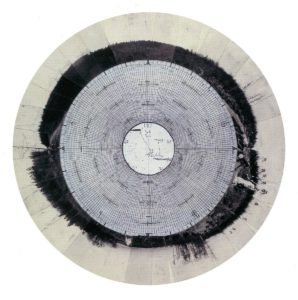Transdisciplinary research project (2015-...) by Bojana Cvejić, Marta Popivoda and Ana Vujanović
After the twentieth century has been cast as the century of the self, the question arises of how the contemporary expressions of the self in the public and private domains of social life could be best accounted for. According to a prominent thesis of diverse approaches in social sciences throughout the twentieth century, the self is constructed through performances and technologies that rest on the metaphors of theatricality and choreography. Thus the notable analytical models of the self being constructed through performance include body techniques and habitus (Marcel Mauss, Norbert Elias, Pierre Bourdieu); act and gesture (Michael Bahktin), social roles and performance of the self (Erving Goffman), technologies of the self (Michel Foucault), man as actor (Richard Sennett), and performing identity (Judith Butler). The project investigates the contemporary practices of the self in search of a model that best describes and interprets their current form, basing itself on the contemporary theories of performance, dance and theater.
